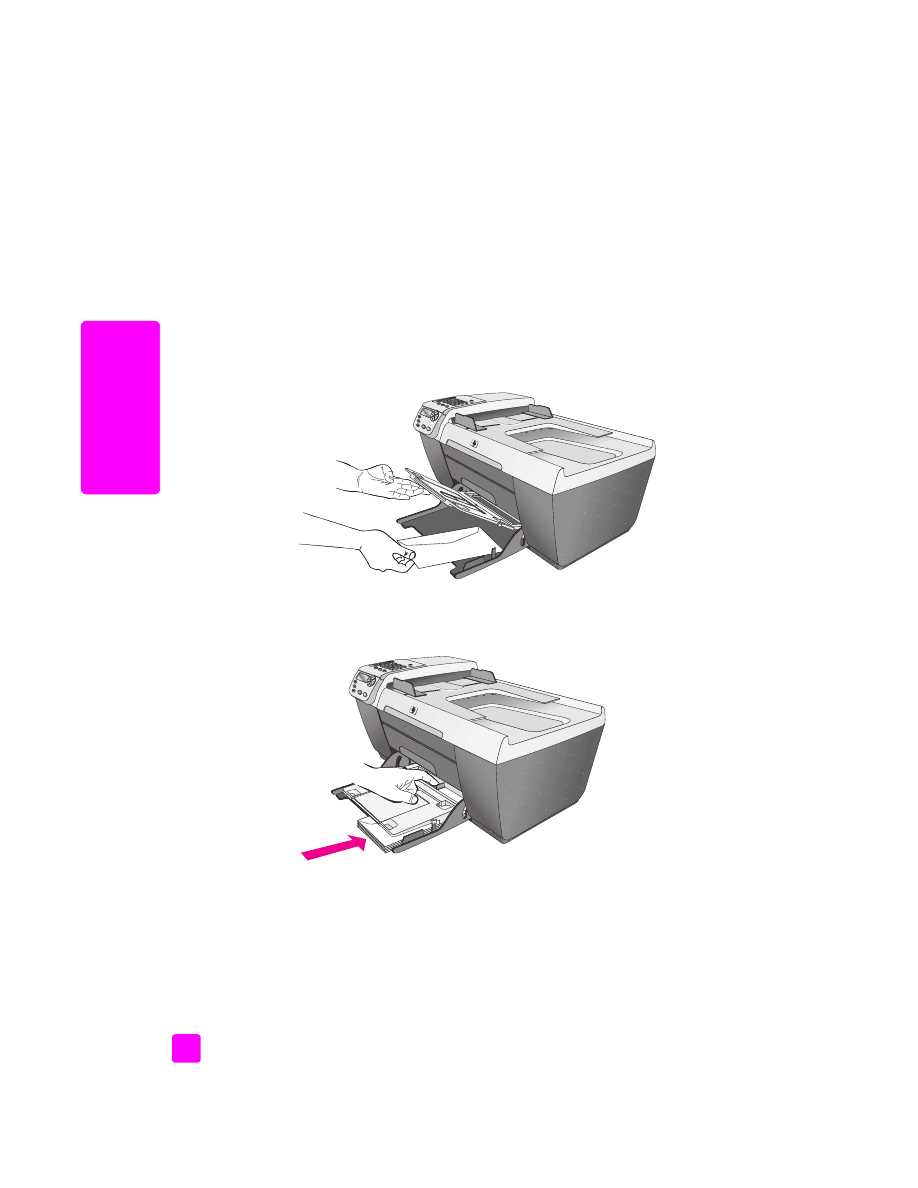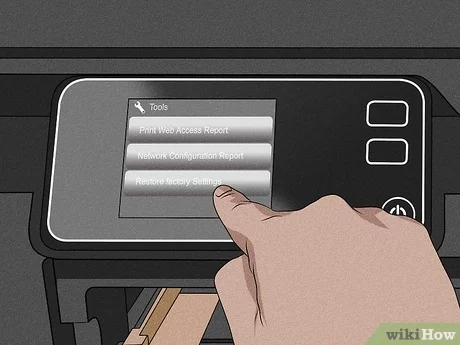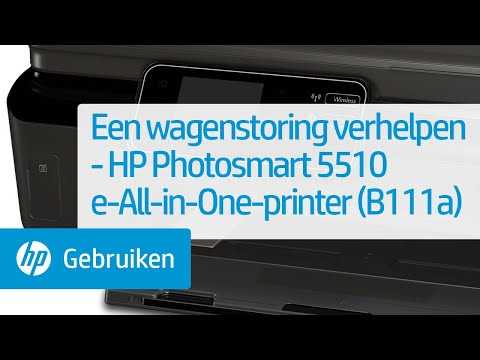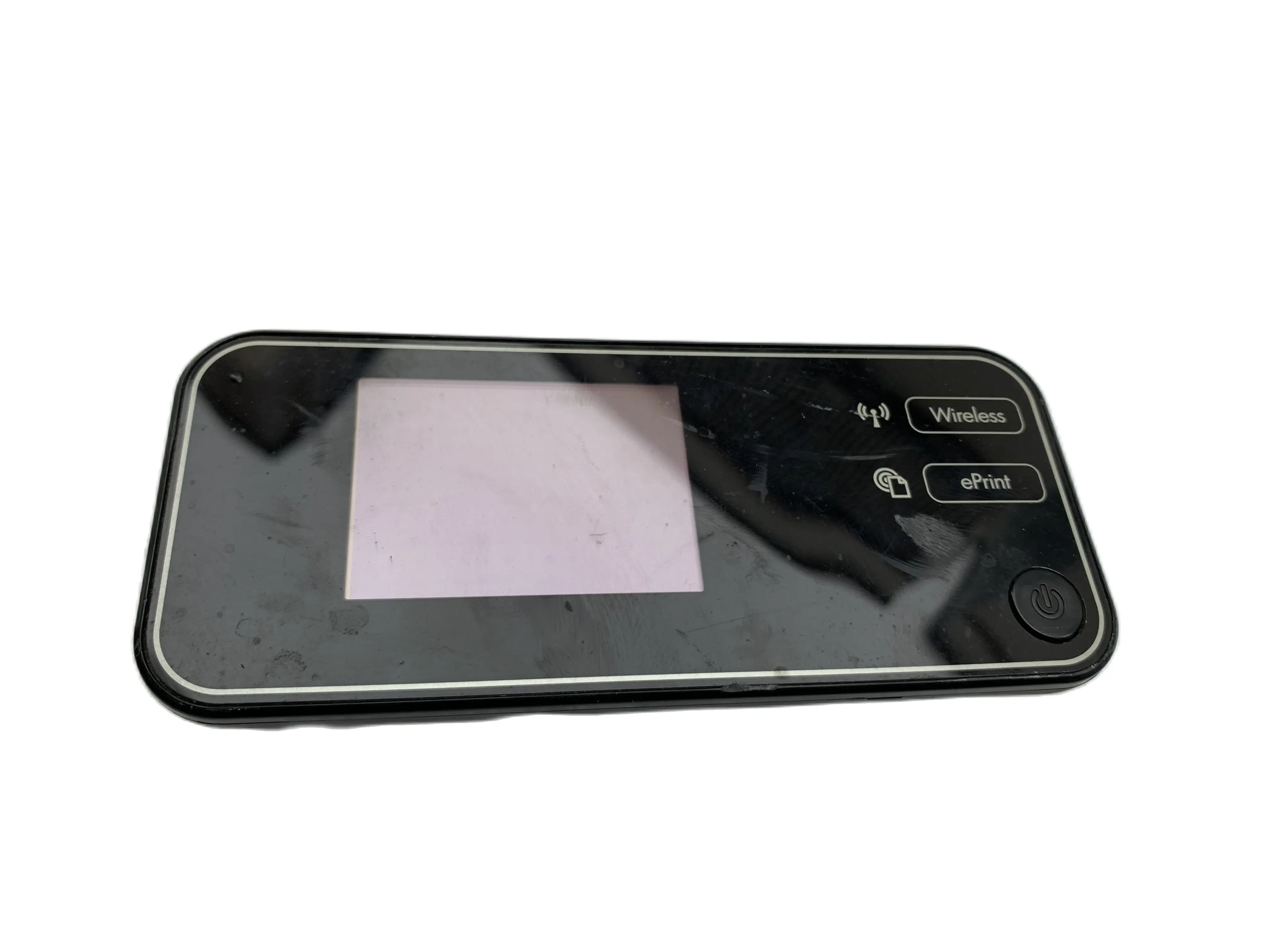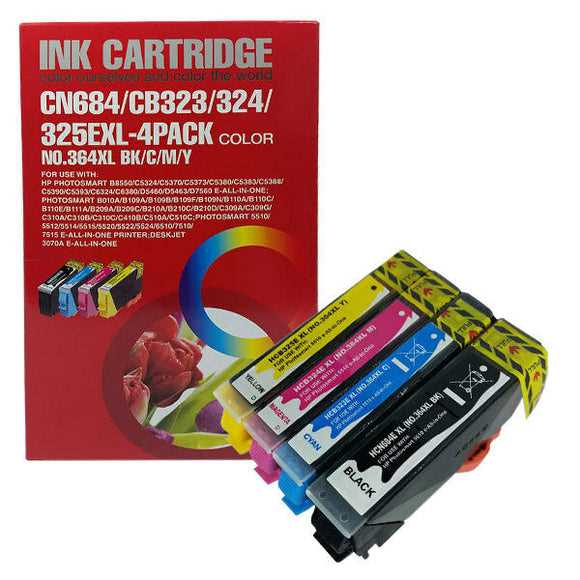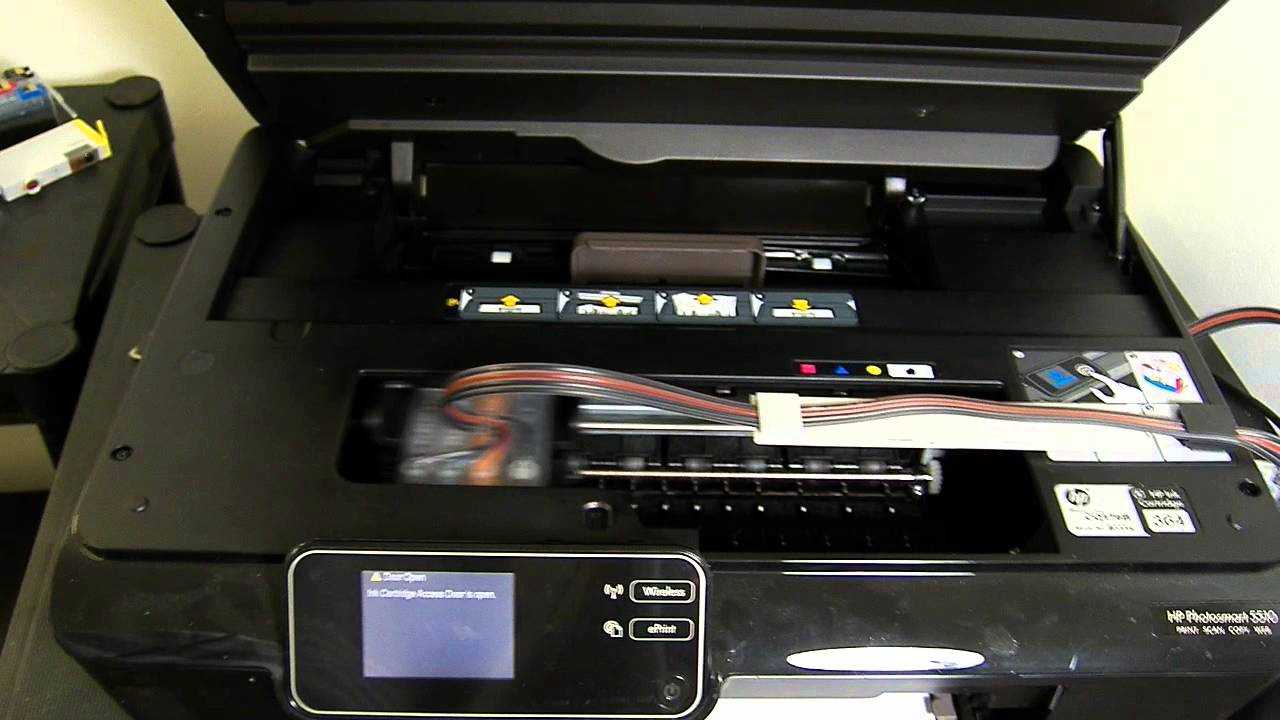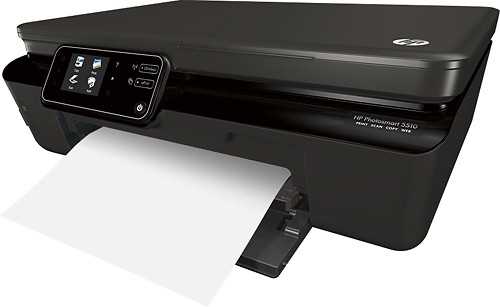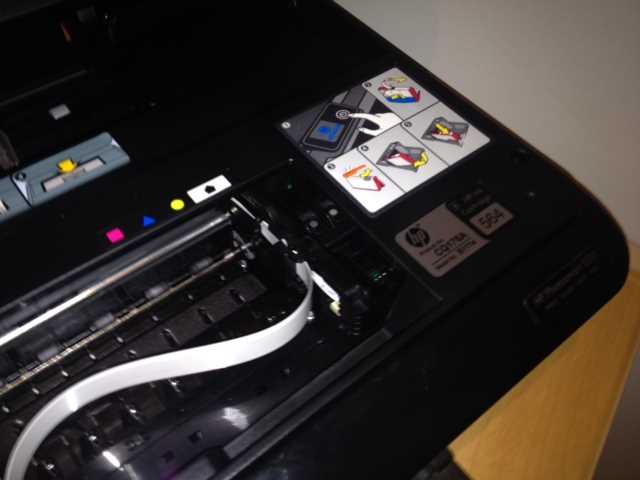
Understanding how to effectively use your device is key to maximizing its potential. This section will guide you through the essential steps and features that allow you to make the most of your technology, ensuring a seamless and efficient experience.
Whether you’re looking to set up your device, troubleshoot common issues, or explore advanced functionalities, this guide covers all the necessary information. With clear instructions and helpful tips, you’ll be able to navigate through the various aspects of your device with ease.
This guide is designed to be user-friendly, providing detailed explanations and solutions to ensure that your experience with the device is both productive and enjoyable. By following the steps outlined here, you can ensure optimal performance and longevity of your technology.
HP Photosmart 5510 Setup and Installation
Getting your new device ready for use involves a few key steps. This section provides a clear guide to help you start using your equipment efficiently.
To begin, follow these steps:
- Unpack the contents of the box carefully, ensuring that all components are included.
- Connect the power cable to the device and then plug it into a power outlet.
- Insert the provided ink cartridges into the corresponding slots.
- Load paper into the input tray, adjusting the paper guides as needed.
- Turn on the device using the power button located on the front panel.
Next, you’ll need to install the necessary software on your computer:
- Insert the software CD into your computer’s drive, or download the setup files from the official website.
- Follow the on-screen instructions to complete the installation process.
- Once the software is installed, connect your device to the computer using a USB cable, or set up a wireless connection following the prompts.
- After the connection is established, perform a test print to ensure everything is working correctly.
Completing these steps will allow you to use your device for printing, sca
Connecting the Printer to Wi-Fi Network
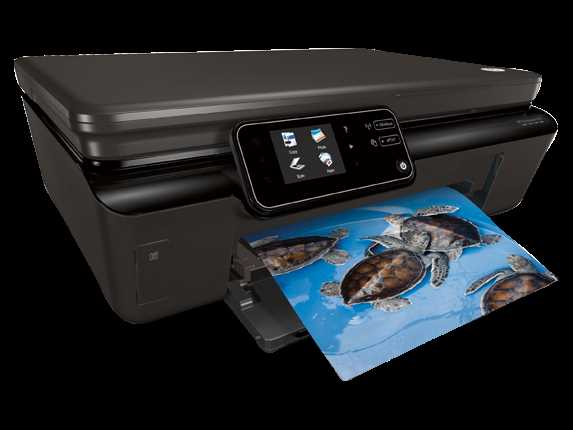
To fully utilize your printer’s wireless capabilities, it is essential to connect it to your local Wi-Fi network. This process will enable the device to communicate with your computer or mobile device without the need for physical connections. Follow the steps below to establish a stable and secure wireless connection.
Step 1: Access the Wireless Setup Menu
Begin by accessing the network settings on the printer. Navigate through the menu options until you locate the wireless setup section. From here, you will be able to initiate the connection process.
Step 2: Select Your Network and Enter Password
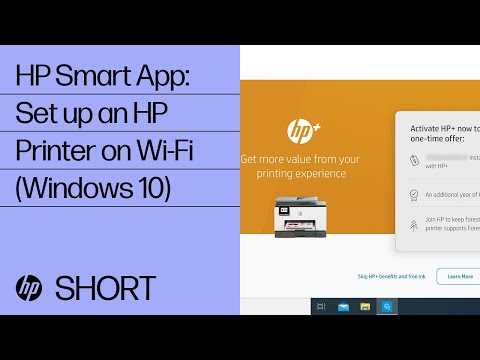
Once the wireless setup is initiated, a list of available networks will appear. Choose your home network from the list. When prompted, enter the Wi-Fi password to ensure a secure connection. Double-check the accuracy of the password to avoid any connection issues.
After entering the password, the printer will attempt to connect to the network. This may take a few moments. Once connected, the printer should display a confirmation message indicating that the connection was successful.
Basic Operation and Printing Options
Understanding the fundamental operations of your device is essential for efficient use. This section will guide you through the primary functions and various printing methods available, ensuring that you can make the most of your machine.
| Operation | Description | |||||||||||
|---|---|---|---|---|---|---|---|---|---|---|---|---|
| Powering On/Off | Ensure the device is connected to a power source. Use the power button to turn the machine on or off. Always wait until the device is fully powered on before attempting any tasks. | |||||||||||
| Loading Paper | Adjust the paper tray to fit the size of the paper you are using. Place the paper into the tray, ensuring it is properly aligned to prevent jams or misfeeds. | |||||||||||
| Selecting Print Quality | Choose between different print quality settings based on your needs. Higher quality settings are ideal for photos and detailed graphics, while standard settings are sufficient for text documents. | |||||||||||
Choosing
Choosing Paper and Ink for Quality Prints
Achieving high-quality printouts relies heavily on the right selection of paper and ink. The combination of these two factors can significantly impact the clarity, color accuracy, and overall appearance of your printed materials. In this section, we will explore the considerations for selecting the best paper and ink to ensure your prints meet the highest standards. Understanding Paper Types
Different types of paper offer various textures, finishes, and weights, all of which influence the final print quality. The choice of paper should align with the type of project you are working on, whether it’s a photograph, document, or artistic print.
Selecting the Right InkInk choice is equally crucial to achieving quality results. The type of ink you sele Maintenance and Troubleshooting Tips
Regular upkeep and addressing common issues are crucial for ensuring the optimal performance of your printer. This section provides guidance on how to maintain your device and resolve frequent problems. By following these tips, you can extend the lifespan of your printer and improve its efficiency.
Resolving Common Printer Issues
Addressing frequent problems with your printer involves understanding and troubleshooting various technical challenges that may arise during operation. Common issues can range from hardware malfunctions to software conflicts, each requiring specific steps to identify and resolve effectively. Printer Not Responding
If the printer is unresponsive, start by checking the power connection and ensuring that the device is turned on. Verify that the cables are securely connected and try restarting the printer. Additionally, check if the printer is set as the default printer in your computer’s settings. Print Quality Problems
For issues related to print quality, such as blurry or faded prints, first check the ink or toner levels and replace cartridges if necessary. Run a printhead cleaning cycle from the printer’s maintenance menu to remove any blockages. Ensure that the paper is loaded correctly and that you are using the appropriate type of paper for Optimizing Printer Performance
Ensuring your printing device operates at its best involves a series of strategic adjustments and regular maintenance practices. By following these guidelines, you can enhance the quality of your prints and extend the life of your equipment.
By incorporating these practices into your routine, you can ensure optimal performance and longevity of your printing device. Updating Firmware for Improved Functionality
Keeping your device’s firmware up to date is essential for maintaining optimal performance and accessing the latest features. Firmware updates often include enhancements that can improve functionality, fix bugs, and ensure compatibility |
